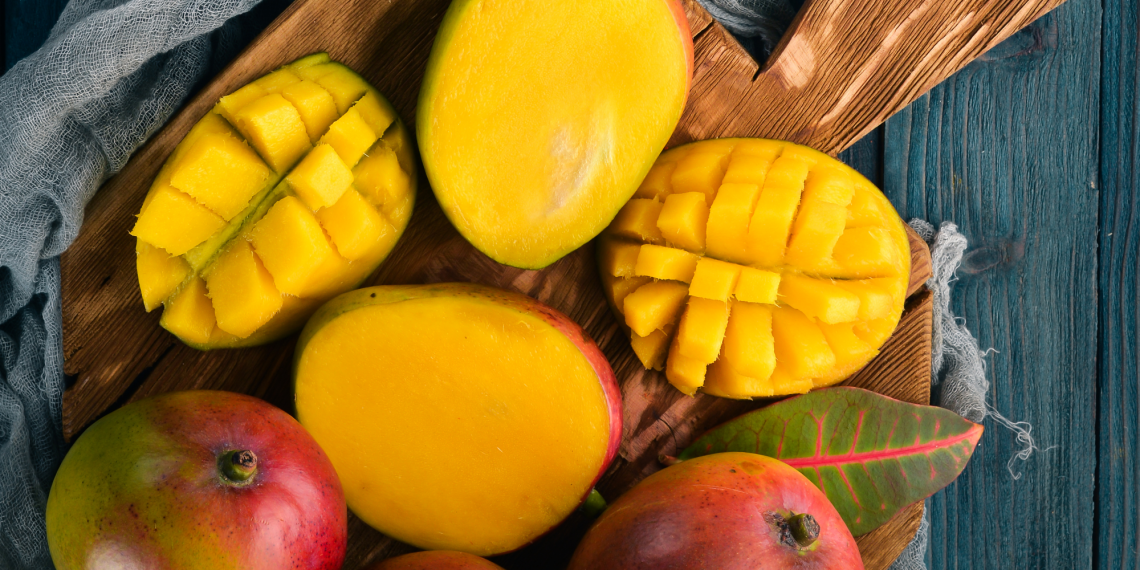
Mango,facts
Raw mangos
- Mango is native to India and Southeast Asia and has been cultivated for over 4000 years.
- In some parts of the world mango is called the “King of fruits.”
- Mango is tropical stone fruit, which means that it has a large seed in the middle and belongs to the same family as cashews and pistachios.
- Mango trees need about 4 to 6 years to bear fruit and can live up to few hundred years and still produce fruits.
- Mango leaves are considered toxic for cattle feed.
- There are many types of mangoes, each with a unique taste, shape, size and color.
- Mango is one of the highest food sources of vitamin C.
- Mango is rich in polyphenols which are plant compounds that function as antioxidants.
- Mango is a good source of folate, several B vitamins, as well as vitamins A, K and E.
- Mango contains magnesium, potassium, copper, and the antioxidant mangiferin.
- Mango has digestive enzymes and dietary fiber that aid the digestive health.
- Mango is a low glycemic index food (GI).
- Mangos continue to ripen after they are picked and should not be refrigerated before they are ripe. Ripe mangos may be stored for up to five days in the refrigerator.
- The color of a mango fruit is not an indicator of being ripe, as even a green mango can be ripe.
- Mangoes should be washed in cold running water to remove dirt and any surface chemical residue.
- Allergy to mango is common in some individuals especially if they are also allergic to nuts.
- It is best for mangos to be peeled before eating as the skin may trigger dermatitis in some people.


 Bulgarian
Bulgarian